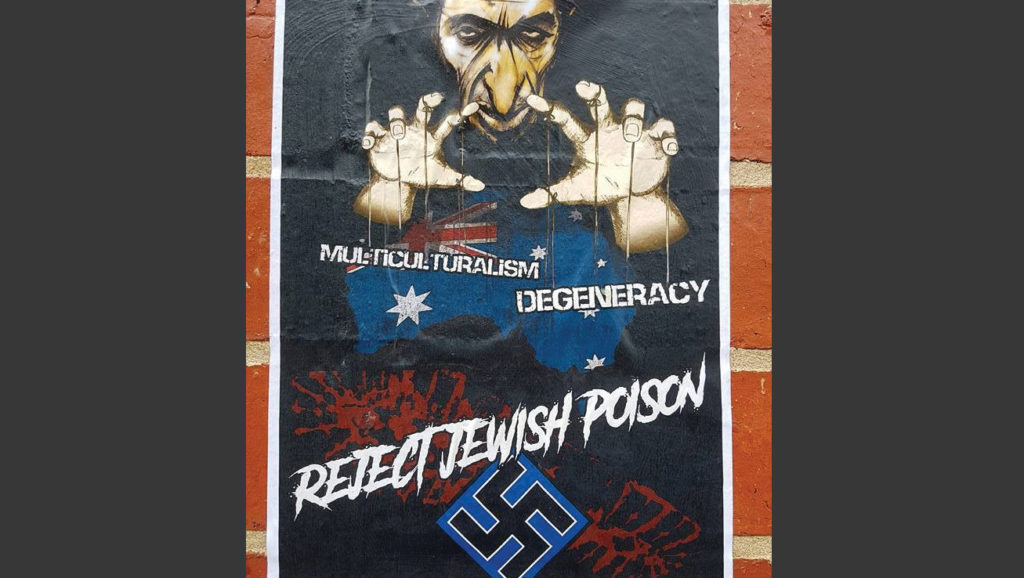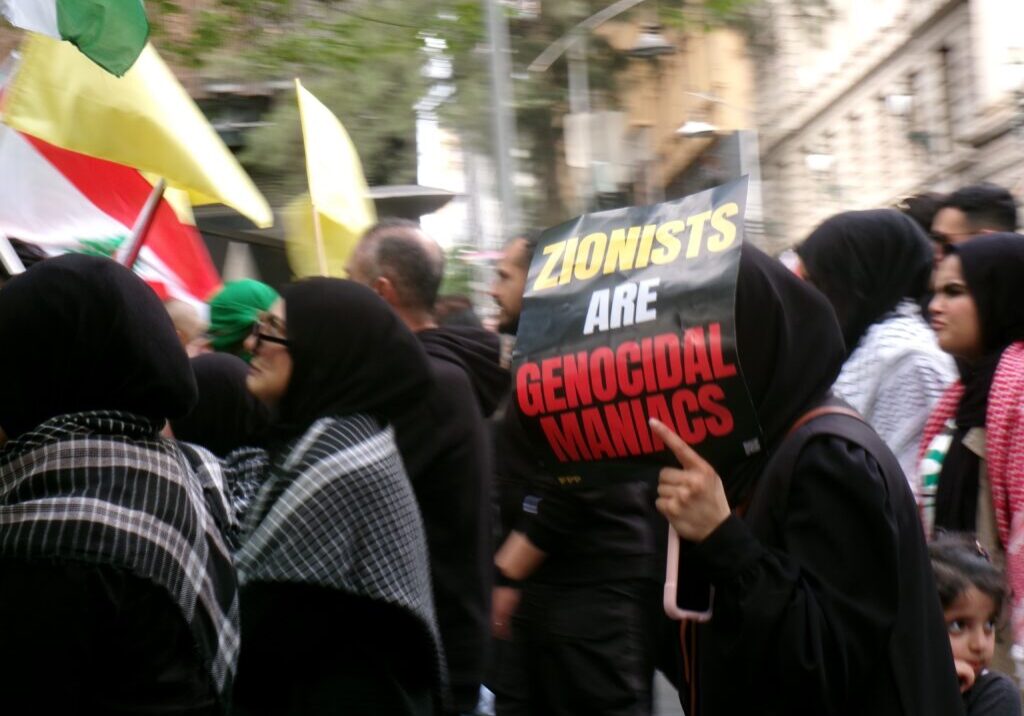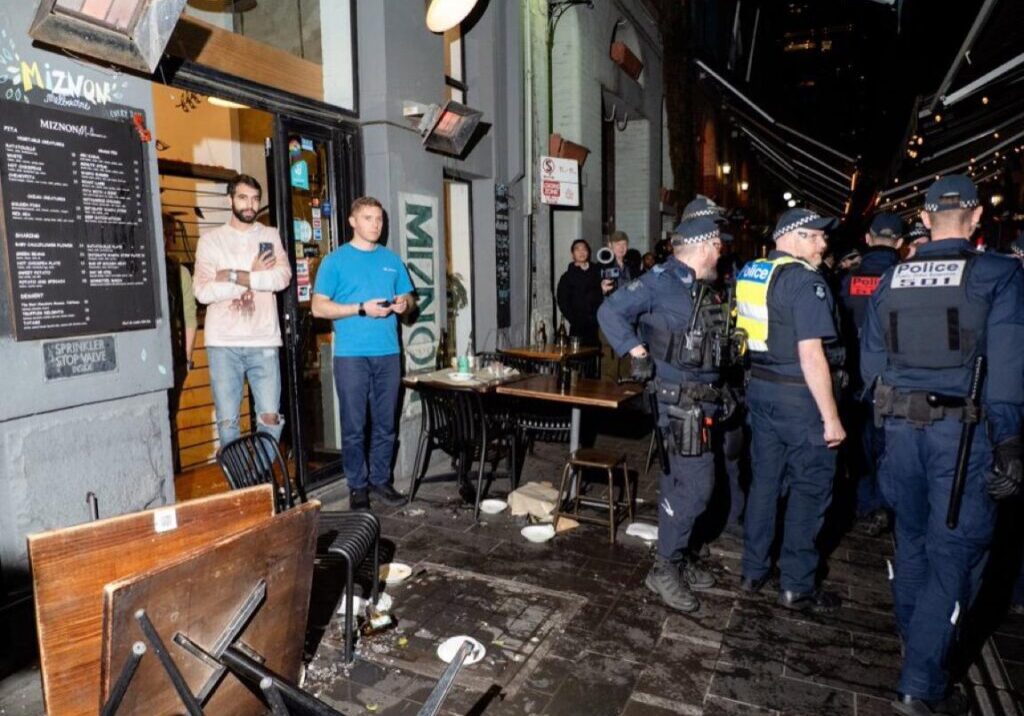Australia/Israel Review
The Last Word: Minority Reports
Dec 20, 2019 | Jeremy Jones

It goes without saying that even one act of antisemitic violence, vandalism, intimidation or harassment is one act too many.
It also should go without saying that there is no place for anti-Jewish activity (or any other form of bigotry) in contemporary Australia.
However, it is a reality that, out of the many hundreds of millions of interactions between Jewish and non-Jewish Australians each year, some of them involve behaviour which is abhorrent and despicable.
The most infamous of these, during the year in review, involved bullying of school children and toddlers.
This year the Executive Council of Australian Jewry released its 30th annual analysis of reports of antisemitic violence, vandalism, harassment and intimidation in Australia.
The methodology employed by the two individuals who have maintained the database over the three decades has been as consistent as possible, which means we now have the possibility of making sensible and considered overall assessments of this activity.
The total number of reports qualifying for the database this year was 368, up from 366 last year and well up on the 190 from 2015. The figure is, nevertheless, lower than the average since 1990, of 384. It is also well below the highest annual number of reports logged, 962 ten years ago.
When incidents are divided into direct face-to-face harassment and violence and property damage, as opposed to threats conveyed through email, telephone, the post etc., the direct attacks came to the second-highest level ever reported – 60% above average. On the other hand, threats were recorded at a level of only 60% of the previous average.
Breaking the statistics down further, incidents involving actual property damage or assault were at 64% of the previous average, while graffiti was at the highest level ever recorded and face-to-face harassment was 40% above average.
Australians were most likely to encounter antisemitism in the form of graffiti, which was documented at high levels during the federal election campaign.
It should be noted that incidents of assault can vary greatly in their level of seriousness and impact and the same email received by a different person may have quite a different effect on the recipient’s well-being. Graffiti making a direct threat or the daubing of a symbol of hatred will all be offensive, but can vary greatly in terms of impact.
It was interesting that, in 2019, a study of reports of anti-Muslim activity in Australia was released shortly before the publication of the antisemitism report.
Based on demographics and the content of each report, a Jewish person in Australia is eight times more likely than a Muslim to report being the victim of an assault or threat.
It is also implied that Muslim women suffer the highest level of face-to-face invective or violence, followed by Jewish men. The common factor appears to be visibility, due to head coverings.
An attack on a Muslim Australian appears most likely to be opportunistic, based on proximity of victim and aggressor, while attacks on Jewish individuals and institutions seem to involve more forethought.
I hesitate to draw too many conclusions, however, as all we can really say with certainty is that the Jewish community and Muslim researchers both received a large number of reports of offensive, abhorrent, un-Australian behaviour and it is reasonable to assume that there were other incidents not reported.
Both reports prompted strong and unambiguous condemnations from across the political spectrum.
Refreshingly, some of the victim-blaming which has taken place in past years was not as obvious.
While egregious assaults and attacks on both Muslims and Jews have received a fair degree of media attention, less coverage has been given to some of the strong statements from people in positions of political or other forms of leadership.
Experience over many years would indicate that, if we are to successfully push back against bigotry and stop racism becoming entrenched, there are few measures as important as vocal and principled condemnations of these ills from our political leaders.
Tags: Antisemitism, Australia, Racism






